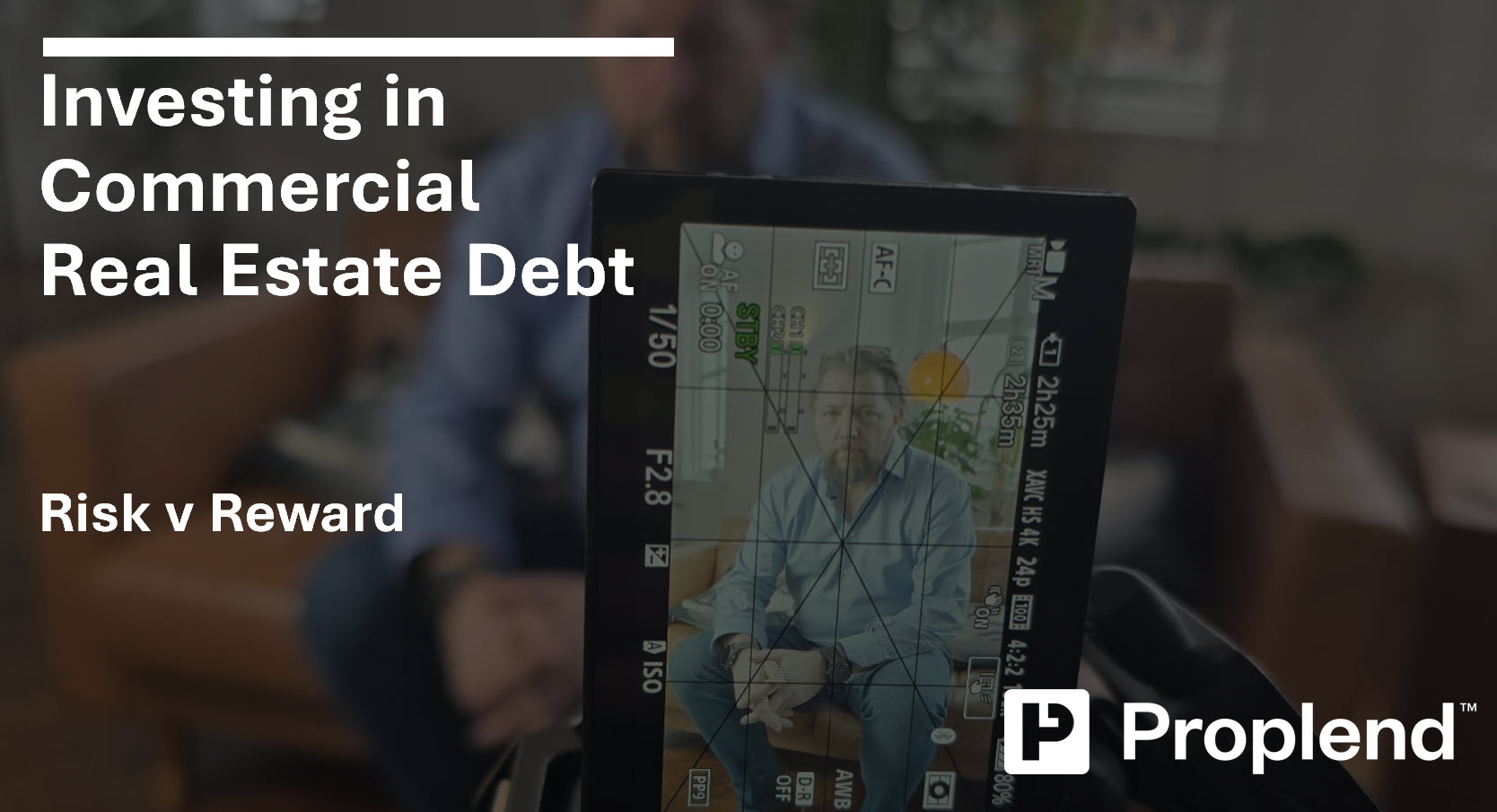
In the realm of high-yield investments, commercial real estate debt has emerged as a compelling option for discerning High Net Worth and Sophisticated investors. This asset class offers a unique blend of potential returns and risk profiles, making it an attractive proposition for those seeking to diversify their portfolios beyond traditional equities and bonds. However, as with any investment, it’s crucial to understand the delicate balance between risk and reward.
Let’s delve into the key factors that shape this balance:
- Yield Potential: Commercial real estate debt often offers higher yields compared to traditional fixed-income investments. This premium can be particularly attractive in low-interest rate environments.
- Risk Assessment: The loan-to-value (LTV) ratio is a critical metric. Lower LTVs generally indicate reduced risk, as there’s more equity cushion in case of market downturns.
- Market Dynamics: Property type and location significantly influence risk-reward profiles. Prime assets in major cities may offer lower yields but with reduced risk.
- Default Risk: While defaults are relatively rare in well-underwritten commercial real estate debt, they can occur. Understanding recovery rates and processes is essential.
- Liquidity Considerations: These investments are typically less liquid than publicly traded securities, which can be both a risk and an opportunity.
For sophisticated investors, the appeal of commercial real estate debt lies in its potential for steady, predictable income streams. Unlike equity investments, debt positions offer a degree of downside protection through priority in the capital stack. This can provide a buffer against market volatility, making it an attractive option for those seeking to balance their portfolio risk.
However, it’s crucial to approach these investments with a keen eye for detail. Due diligence is paramount, encompassing not just the property itself, but also the tenants, borrower’s track record, the local market conditions, and broader economic trends. Sophisticated investors should also consider the loan structure, including covenants and recourse provisions, which can significantly impact the risk-reward profile.
In the current UK market, commercial real estate debt investments are particularly intriguing. With traditional lenders often constrained by regulatory requirements, there’s a growing opportunity for alternative lenders to fill the gap. This has created a landscape where well-structured debt investments can offer attractive risk-adjusted returns.
As with any investment strategy, diversification remains key. While commercial real estate debt can offer compelling benefits, it should be part of a broader, balanced portfolio. By carefully evaluating the risk-reward profile of each opportunity and maintaining a diversified approach, high net worth and sophisticated investors can potentially enhance their portfolio returns while managing overall risk.
In conclusion, commercial real estate debt investments are more readily accessible to individual investors through online platforms such as Proplend and offer a unique proposition in today’s market, especially if invested via a tax free wrapper. By understanding the nuances of risk and reward in this sector, investors can make informed decisions that align with their financial goals and risk tolerance. As always, it’s advisable to consult with financial professionals to tailor strategies to individual circumstances and market conditions.
Stay tuned for our next post in this series, where we’ll explore market cycles and their impact on commercial real estate debt performance.